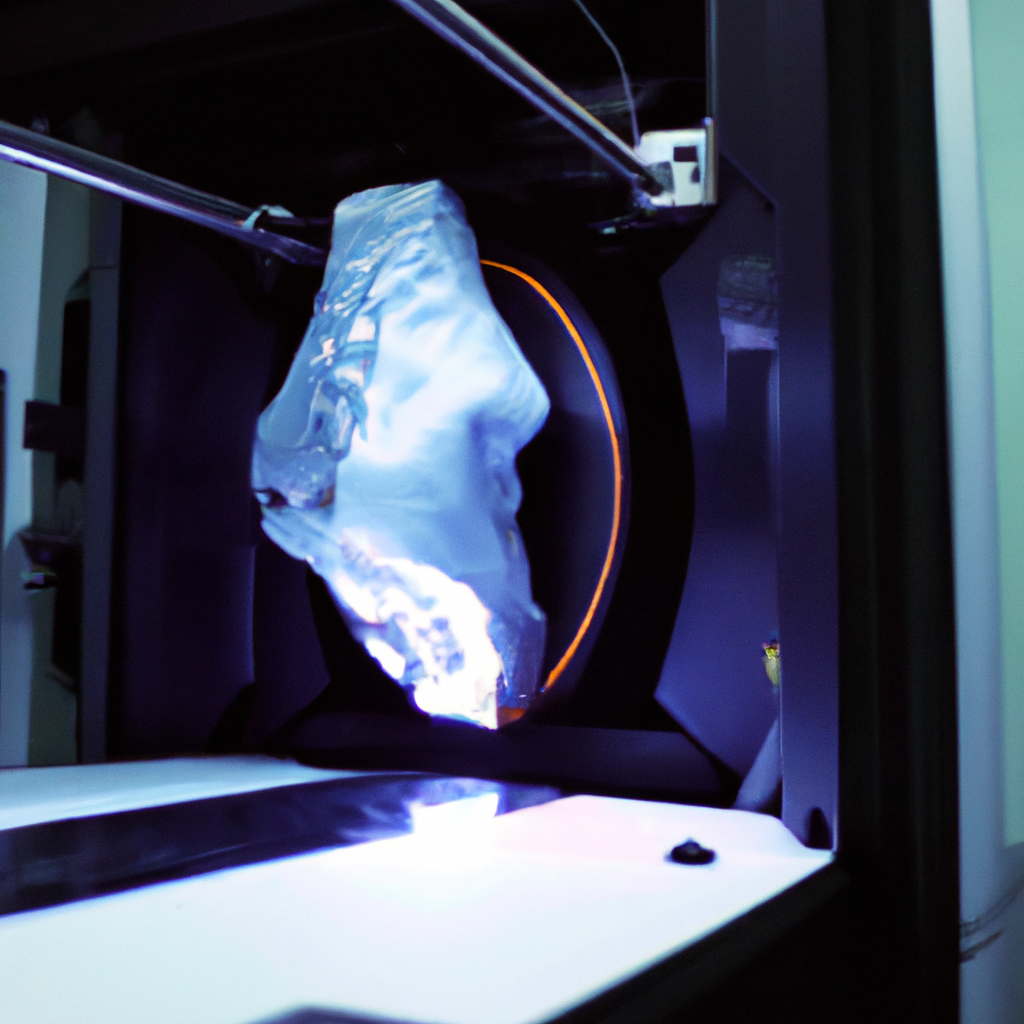In recent years, 3D printing has revolutionized the healthcare industry. This technology has enabled the creation of patient-specific medical devices and models that were previously impossible to produce. With the ability to create custom-made prosthetics, surgical guides, and medical models, 3D printing has opened up new possibilities for personalized medicine. In this article, we will explore the various ways in which 3D printing is used in healthcare and its role in biomedical engineering.
Patient-Specific Prosthetics
Prosthetics have been a crucial part of healthcare for centuries. However, traditional prosthetics were often uncomfortable, ill-fitting, and lacked functionality. With 3D printing, prosthetics can now be customized to fit a patient’s unique anatomy and lifestyle. Using medical imaging, such as CT scans, prosthetists can create 3D models of the patient’s limb and design a prosthetic that meets their specific needs. This technology has significantly improved the quality of life for amputees, enabling them to carry out daily tasks with greater ease and comfort.
Surgical Guides
Surgeons have been using 3D printing to create surgical guides that help plan and execute complex surgeries. These guides are created using CT scans or MRIs of a patient’s anatomy and can be used to plan intricate surgeries, such as craniofacial reconstruction. With the use of 3D printing, surgical teams can practice surgical procedures on models before performing them on patients, reducing the risk of complications and improving outcomes.
Medical Models
3D printing has also enabled the creation of medical models that are used for surgical planning and medical education. Medical models can be created using a patient’s medical imaging, providing a physical representation of their anatomy that can be used to plan surgeries and educate medical students. These models can be used to teach medical students about complex anatomy and surgical procedures, allowing them to gain a better understanding of the human body and the procedures used to treat various conditions.
Personalized Medicine
With the advent of 3D printing, personalized medicine has become a reality. Using a patient’s medical imaging, doctors can create patient-specific medical devices that are tailored to their unique anatomy. Medical devices such as hearing aids, dental implants, and even medication can be customized to meet a patient’s specific needs. This technology has opened up new possibilities for personalized medicine, allowing doctors to provide tailored treatments that improve patient outcomes.
Additive Manufacturing in Biomedical Engineering
Additive manufacturing, or 3D printing, has transformed biomedical engineering. With the ability to create patient-specific medical devices, prosthetics, and surgical guides, 3D printing has opened up new possibilities in the field of biomedical engineering. Biomedical engineers can now design and create devices that are tailored to a patient’s unique anatomy, increasing the effectiveness of medical treatments and improving patient outcomes.
Conclusion
In conclusion, 3D printing has become an integral part of healthcare, enabling the creation of patient-specific medical devices, prosthetics, surgical guides, and medical models. This technology has opened up new possibilities for personalized medicine, allowing doctors to provide tailored treatments that improve patient outcomes. Additionally, 3D printing has transformed biomedical engineering, enabling the creation of devices that are customized to a patient’s unique anatomy. As 3D printing technology continues to evolve, it will undoubtedly continue to play a significant role in the healthcare industry and biomedical engineering.







